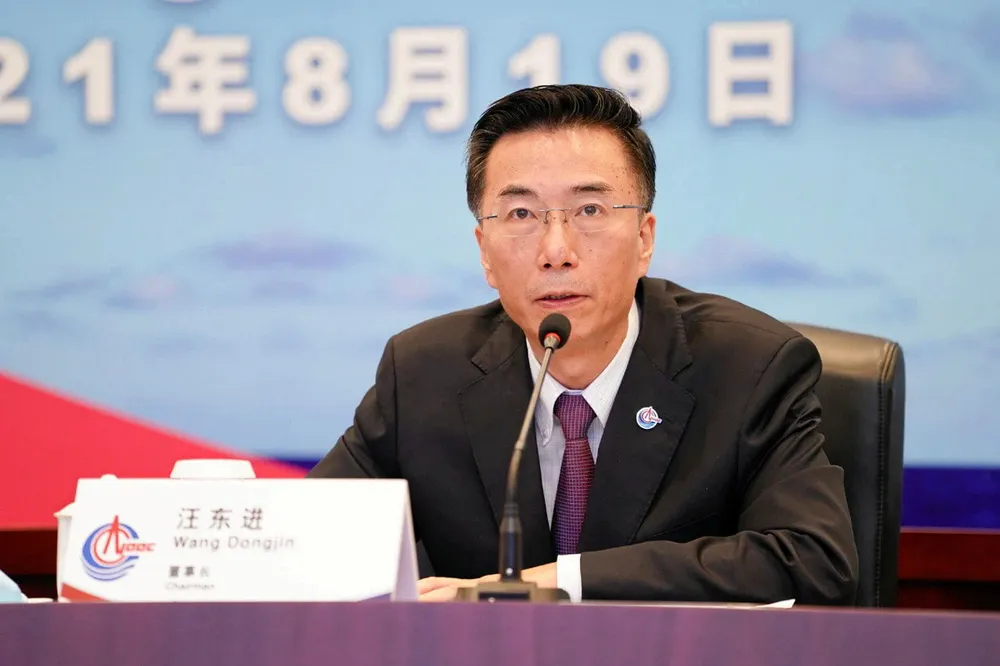CNOOC Ltd raises green energy investment, eyes offshore CCS
Operator will earmark up to 10% of its annual budget for new energy and targets renewables to generate 50% of revenue by 2050

Operator will earmark up to 10% of its annual budget for new energy and targets renewables to generate 50% of revenue by 2050
